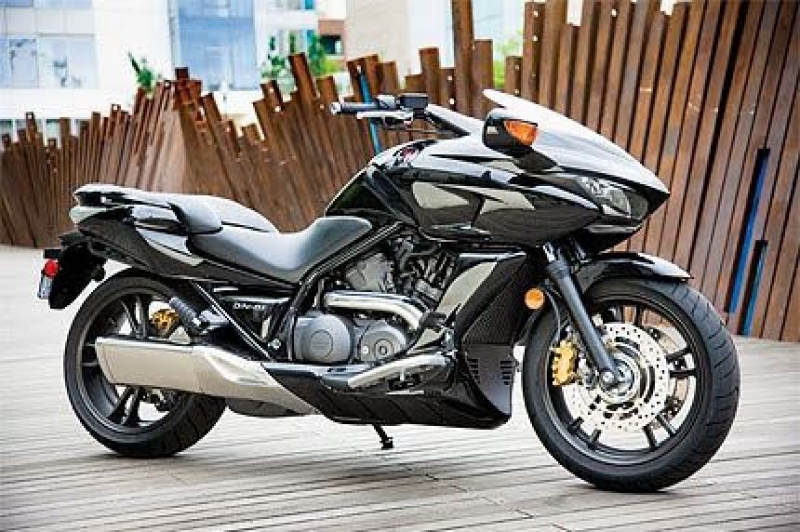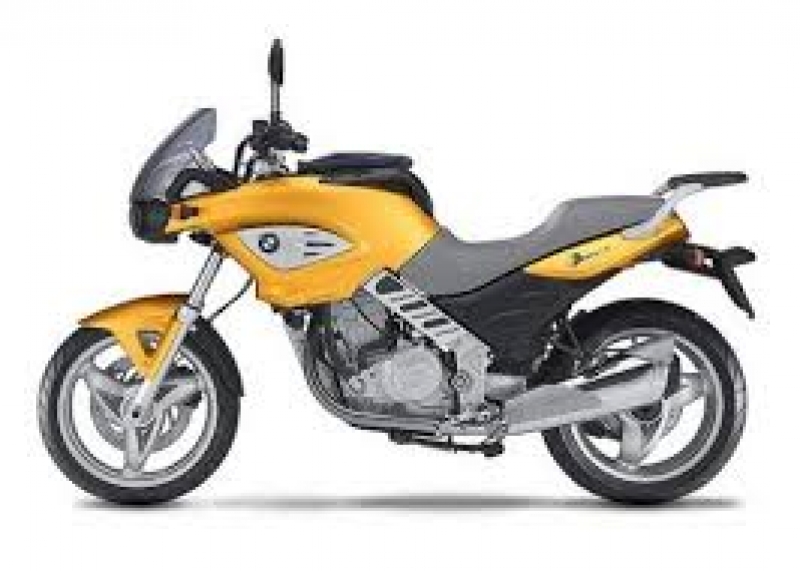More Issues
- August 2023
- September 2021
- August 2021
- July 2021
- June 2021
- May 2021
- April 2021
- March 2021
- February 2021
- January 2021
- December 2020
- November 2020
- October 2020
- September 2020
- August 2020
- July 2020
- May 2020
- April 2020
- March 2020
- January 2020
- December 2019
- November 2019
- October 2019
- September 2019
- August 2019
- July 2019
- June 2019
- May 2019
- April 2019
- March 2019
- February 2019
- January 2019
- December 2018
- November 2018
- October 2018
- September 2018
- August 2018
- July 2018
- June 2018
- May 2018
- April 2018
- March 2018
- February 2018
- January 2018
Motorcycle Flops
In December of 2019, Honda produced their 400th million motorcycle, marking 70 years of production. They have been the largest motorcycle manufacturer since 1959. For Honda to have these successes, they have been doing a lot of things right for a long time. But I also know that they have had failures just like other motorcycle brands. I have often said that sometimes Honda makes motorcycles that they want to make, not what their customers want them to make. Here are some motorcycles by Honda and other brands that were flops in the US market.
Honda
2008-2010 DN-01
A scooter/cruiser cycle that looked like Judge Dredd’s motorcycle with its too futuristic styling. It had bad ergonomics, no wind protection, and was slow and expensive. A marketing experiment promoting a continuously variable transmission in a motorcycle that should’ve stayed a concept instead of going into production.
2016 and 2018 NM4
Instead of learning from the DN-01, Honda decided to double down on a scooter/cruiser cycle again. Now the styling was a takeoff of the anime Akira motorcycle. This time it was promoting the dual clutch transmission, which is now a success in other Hondas. But once again, when you’re trying to combine different motorcycle styles to fit many, you sell few. A “limited edition” moniker on this bike means they knew it wouldn’t sell but made it anyway.
2014 CTX1300
Instead of updating the proven ST1300, Honda went a totally different way and made it into a power-cruiser-bagger-sport bike that no one wanted. They changed everything that made the ST great to make this amalgamation that you would come to expect if you traveled to an alternate universe. There was only one year of production and some are still new in the dealerships.
BMW
1997 to 2004 R1200C (CL) & (CLC)
This was BMW’s attempt to tap into the cruiser market. One was featured in the James Bond film Tomorrow Never Dies which helped initial sales. But eventually the retuned boxer motor for “more torque” resulted in less horsepower than found in the other R series boxer motorcycles. The styling was too much to convert HD riders to BMW, and BMW riders hated the weak engine. BMW quit making the motorcycle due to the unsuitable engine, and now they are trying to go after the cruiser market again with the R1800C in 2020. Does BMW have the right engine this time, or will history repeat itself?
2001 F650CS Scarver
The Scarver was meant to draw new riders with its sleek futuristic style and modular accessories. But its so-so power and expensive price tag didn’t work for it. Also, the ECU required a certain starting procedure or the bike would hesitate or stall.
Ducati
2003 Multistrada 1000DS
A hideous front fairing that was split in the middle in which the top half rotated with the handlebars, and a seat that was basically a piece of flat wood covered in vinyl, made the “Uglystrada” unwanted. Luckily, Ducati changed the styling and now Multistrada’s are one of their most popular model lines.
Yamaha
1993 GTS 1000
This short-lived sport tourer featured the unique RADD front suspension (a forkless single sided swing arm), which worked great as promised. The bike also had ABS, fuel injection, an innovative chassis, and catalytic converter. The bike was expensive and the ends don't justify the means, so it was not a success and quickly cancelled. Is Yamaha going to make the same mistake 26 years later with the Yamaha Niken GT and its two-wheel front end? My guess is yes.
Suzuki
1974 to 1976 RE-5
Suzuki tried to bring the Wankel rotary engine to the motorcycle masses in better fashion than Norton. However, it was heavy, overcomplicated, expensive to make, and a little short on power. Then the “rotor” styling all over the bike went over the top. After the novelty wore off, only 6,000 were produced.
2007 to 2012 B-King
The B-King was a concept bike in 2001 that was a stripped down Hayabusa with a supercharger and a very large rear tire. Motorcyclists said, “Build it, we will buy it!” It didn’t come out until 2007, and alas the supercharger was missing in action and the rear tire was only slightly larger. Bait and switch, no wonder it sold poorly.
Victory
2009 Vision
Technically it was a great tour bike, but the styling was either you love it or you hate it. Some loved it, especially those who bought the Arlen Ness edition. But most people hated it. I think it looks like it is ready to battle the Romulans. Yup, too “USS Enterprise, Star Trekkie” for me.
Kawasaki
1972-1976 750 Triple 1V and H2
These two-stroke monsters were screamers in a straight line when they had clean spark plugs in them. But terrible handling due to flexy frames, flexy forks, and barely there brakes made them killers if you came into a corner too fast.
Harley-Davidson
1981 Sportster 1000
This sportster could only go in a straight line safely. Long forks, bad steering geometry, bad suspension and a high center of gravity meant this motorcycle couldn’t turn safely at slow or fast speeds.
1971 FX Super Glide
FX was for “Factory Experimental.” And it should have been left as an experiment at the factory because the “boattail” rear fender and the buckhorn handlebars were hideous and made this bike a sales failure.
Bad decisions by CEOs – whether in marketing, engineering, or design – are to blame for these flops. Some make you wonder if they listened to focus groups, did they even use focus groups, or did they just hurriedly push them out the factory door. It just goes to show that not even the big boy manufacturers can bat a thousand.
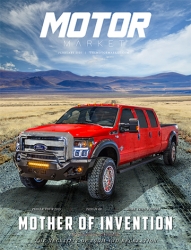
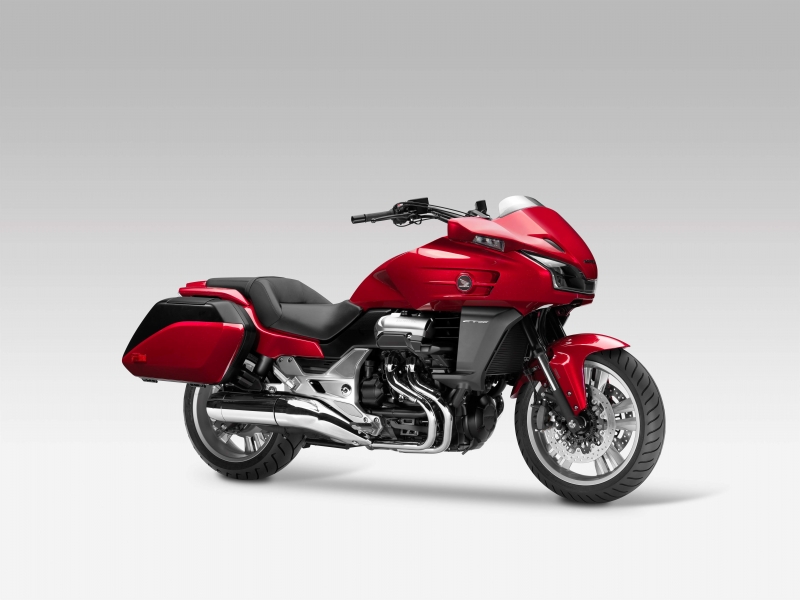
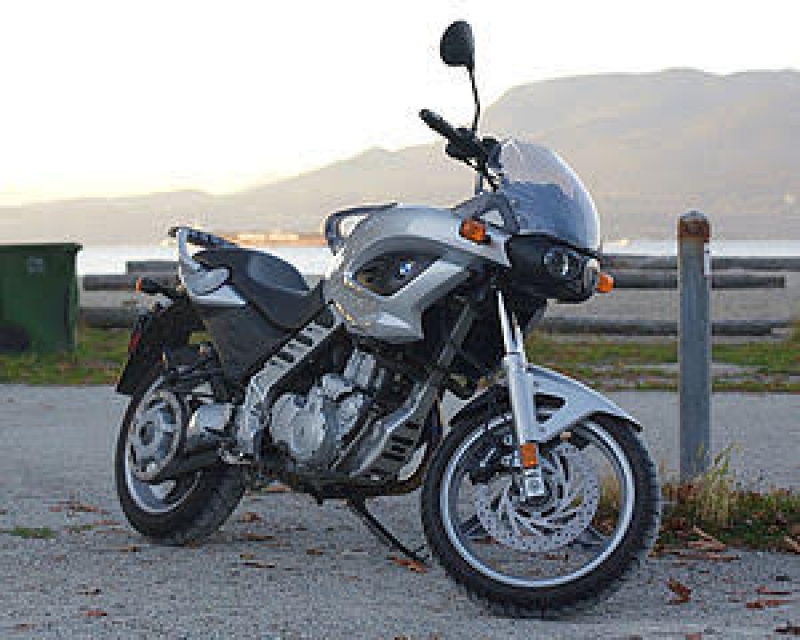
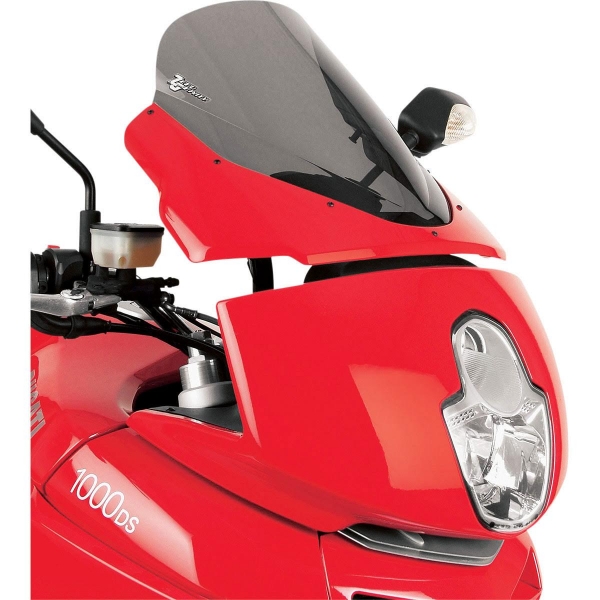
.jpg)
